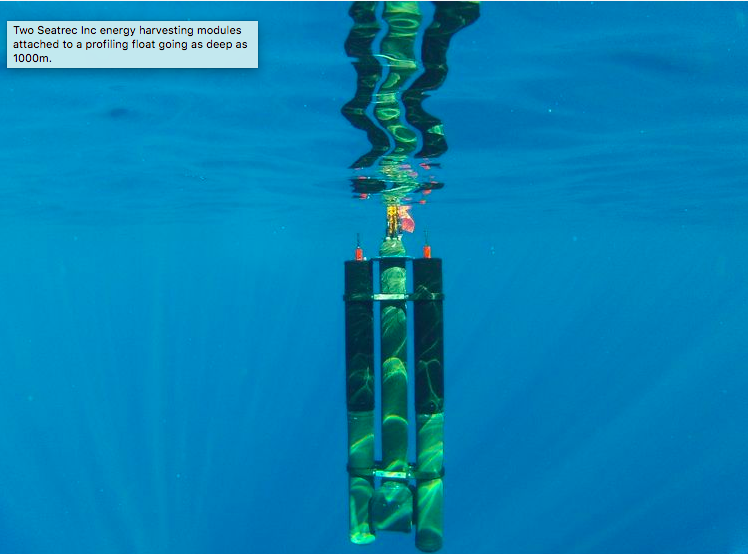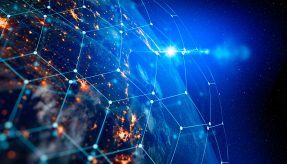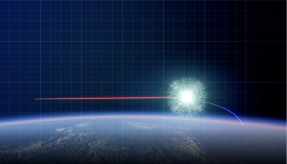
Northrop Grumman and Seatrec, Inc. were recently winners of an Explorer Prize, which concluded the Discovery competition phase of the Powering the Blue Economy Ocean Observing Prize, sponsored by the Department of Energy (DOE) and the National Oceanic & Atmospheric Administration (NOAA).
The competition is designed to bring innovative technology in marine renewable energy to enable more persistent and pervasive ocean observing, a growth multiplier in the overall contribution of the ocean to the economy also known as the Blue Economy.
The two companies teamed and submitted the Mission Unlimited UUV Station, to power and transfer data from unmanned underwater vehicles (UUV). The next phase is the Develop competition, where the winners of this prize will actually produce their designs.
Endurance and range improvements for UUVs have seen incremental improvements over the last 20 years as batteries gradually improved, but UUVs and autonomous undersea vehicles (AUVs) are still energy-limited. Typically, they must make a near surface approach at least once a day to offload data to assets above the water line or receive a power recharge by a costly surface vessel reducing the time spent on mission.
The Mission Unlimited UUV Station proposal submitted by the team can significantly reduce daily vessel costs and extends operational time, by integrating three key technologies working together to seamlessly power and transfer data from unmanned underwater vehicles:
- NiobiCon connectors charge the UUVs: Northrop Grumman’s self-insulating electrical connector can be mated or de-mated while the fully powered electrical contacts are submerged underwater.
- Thermal energy harvesting provides unlimited energy: Seatrec’s innovation extracts energy from the ocean’s vertical temperature gradient and converts it to stored electricity.
- Data bubbles transfer data: Northrop Grumman’s data bubbles transport large amounts of data from the subsea to the end-user by radio frequency (RF) satellite communications.
“The Mission Unlimited UUV Station design will provide scalable underwater charging and data transfer,” said Alan Lytle, Vice President, Undersea Systems, Northrop Grumman. “Extending the endurance, working time and utility of unmanned underwater vehicles directly supports the US Navy’s focus on distributed maritime operations.”
“This DOE and NOAA prize provides a unique opportunity to combine Seatrec’s technology to harvest energy from temperature differences in the ocean with Northrop Grumman’s innovation of NiobiCon connectors and data bubbles,” said Dr. Yi Chao, founder and CEO, Seatrec. “We believe this strategic partnership will provide a transformative solution for persistent and sustainable ocean observing systems.”
The Mission Unlimited UUV Station design will increase the endurance and range of any existing UUV and dramatically reduce the data latency between collection and analysis. The proposed solution will also increase the types of data that can be collected by providing the increased power needed to improve spatial coverage, temporal resolution, and types of variables from new, higher power sensors.
image courtesy of Northrop Grumman
If you would like to join our community and read more articles like this then please click here.







